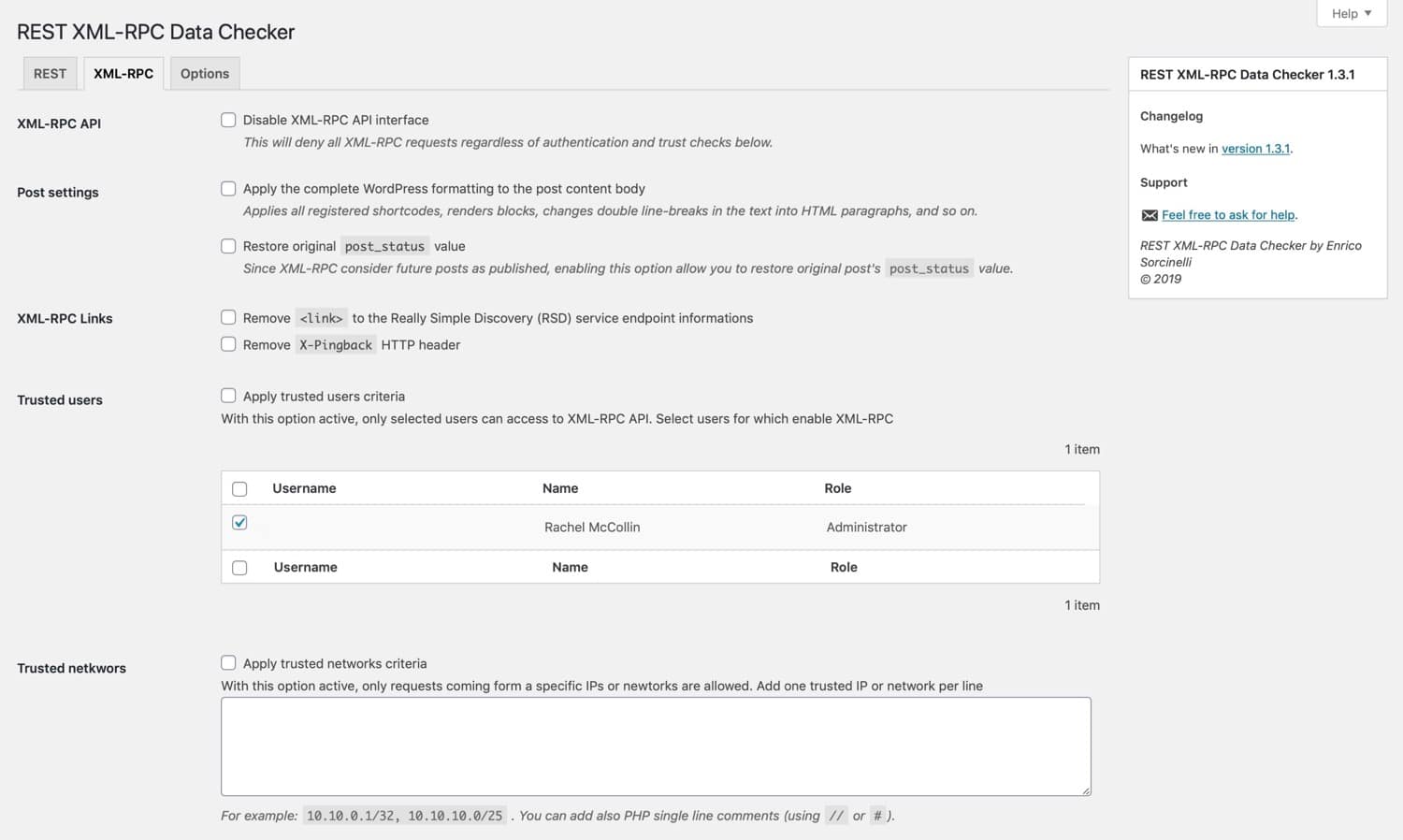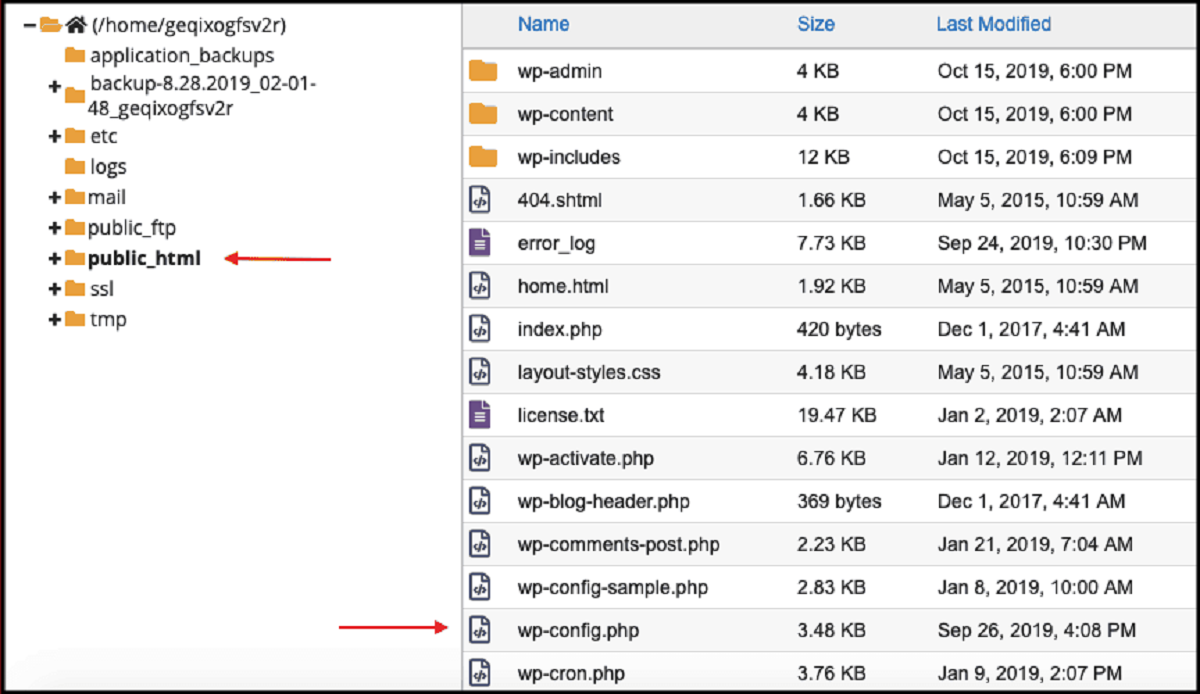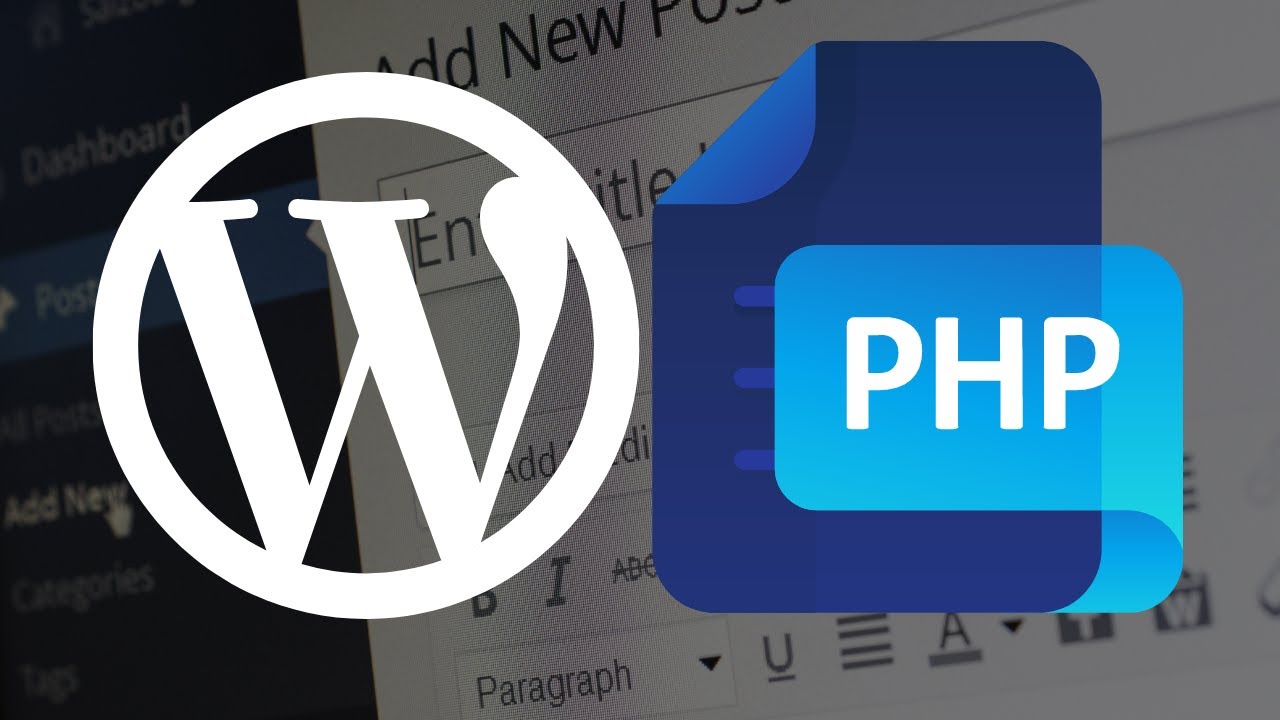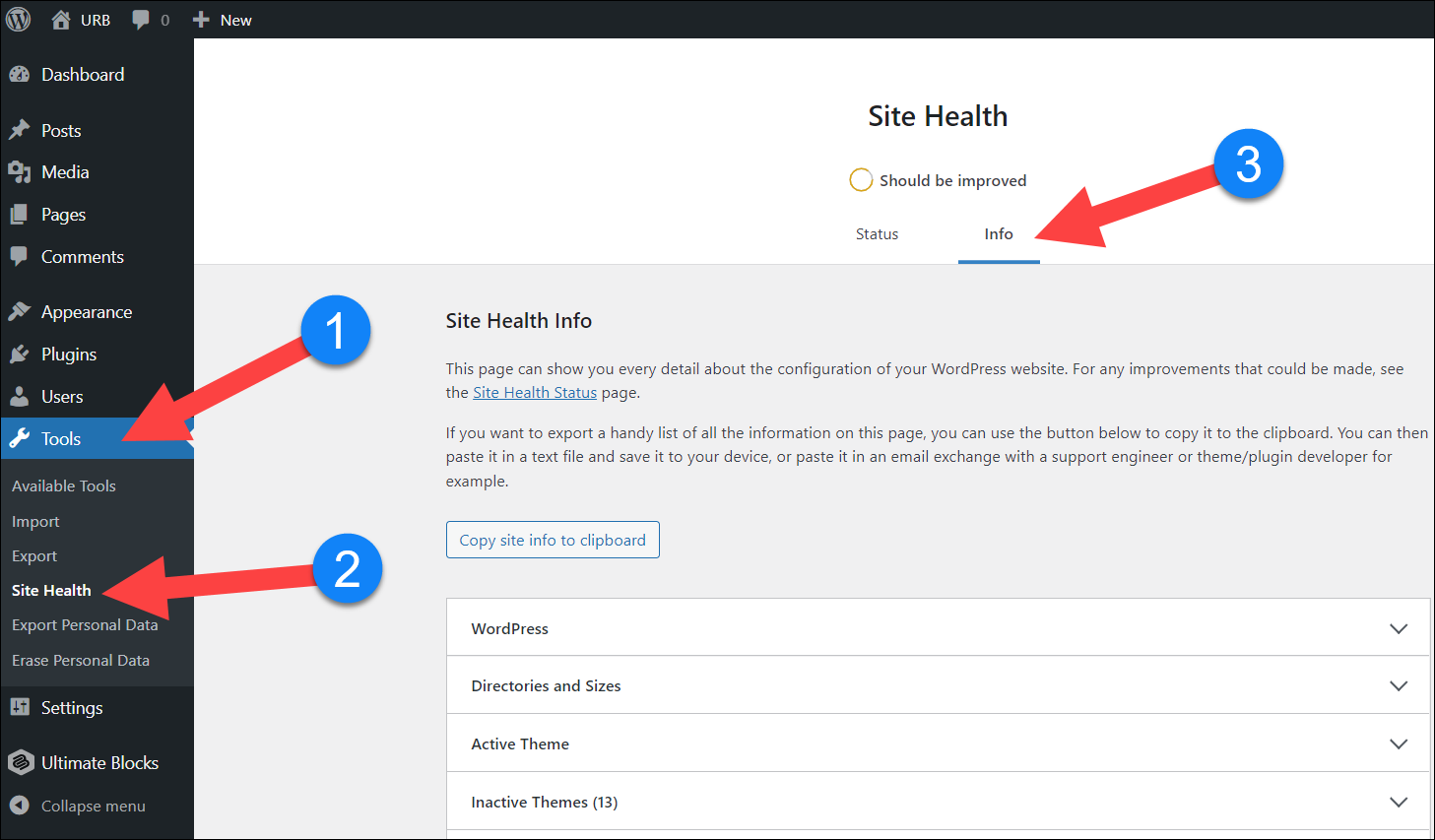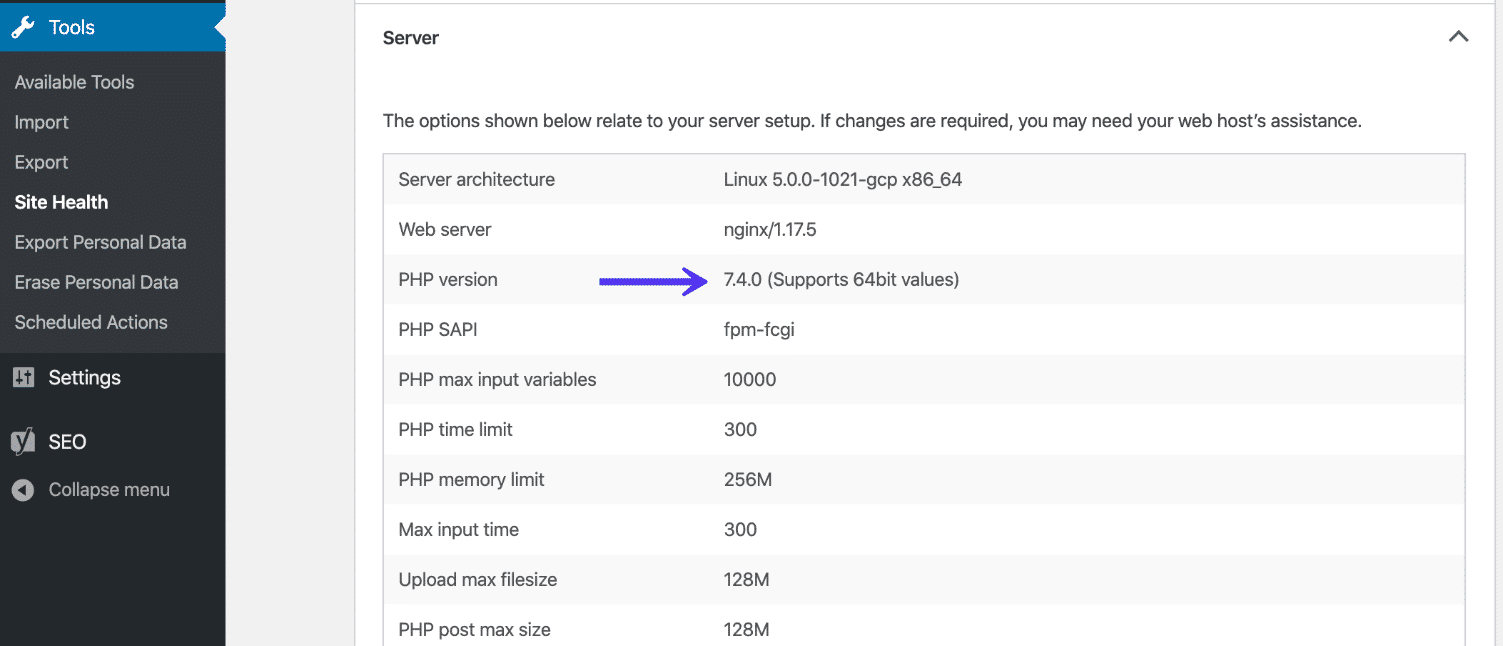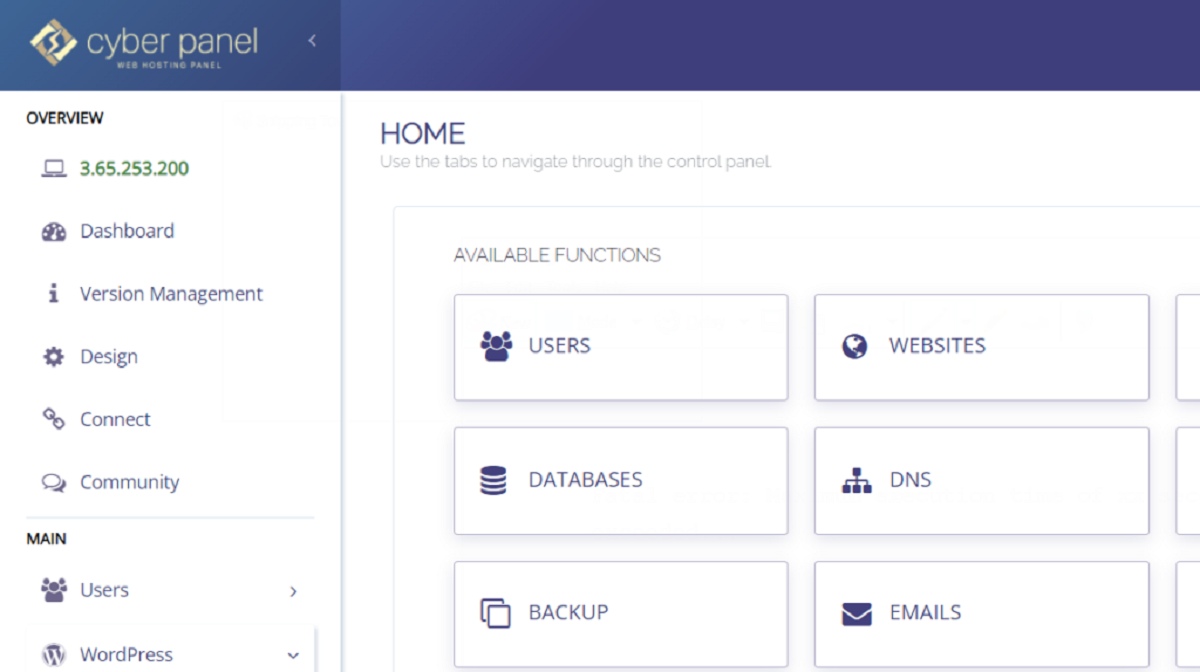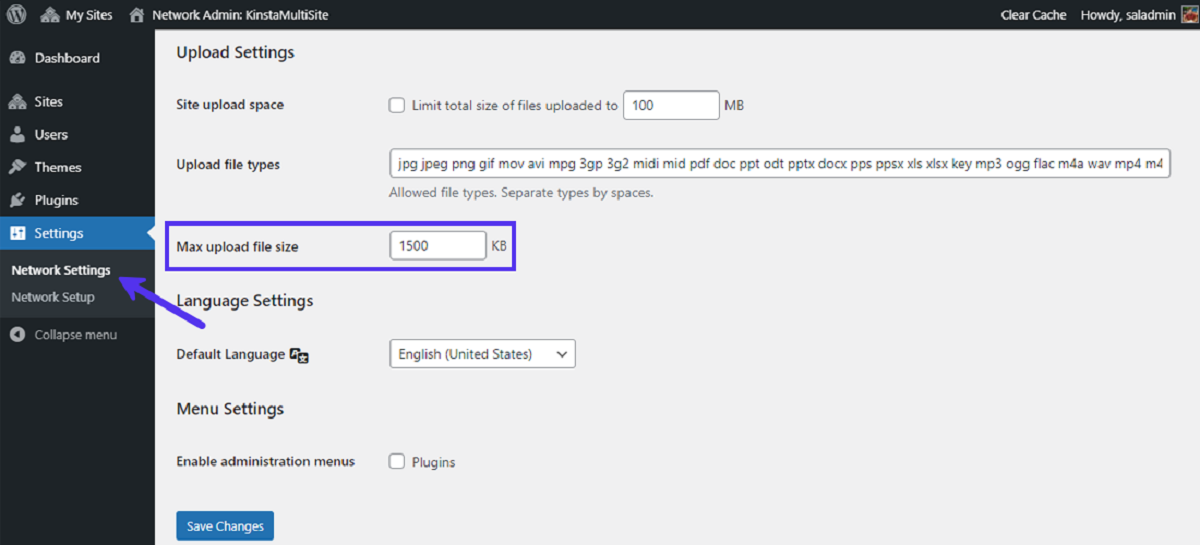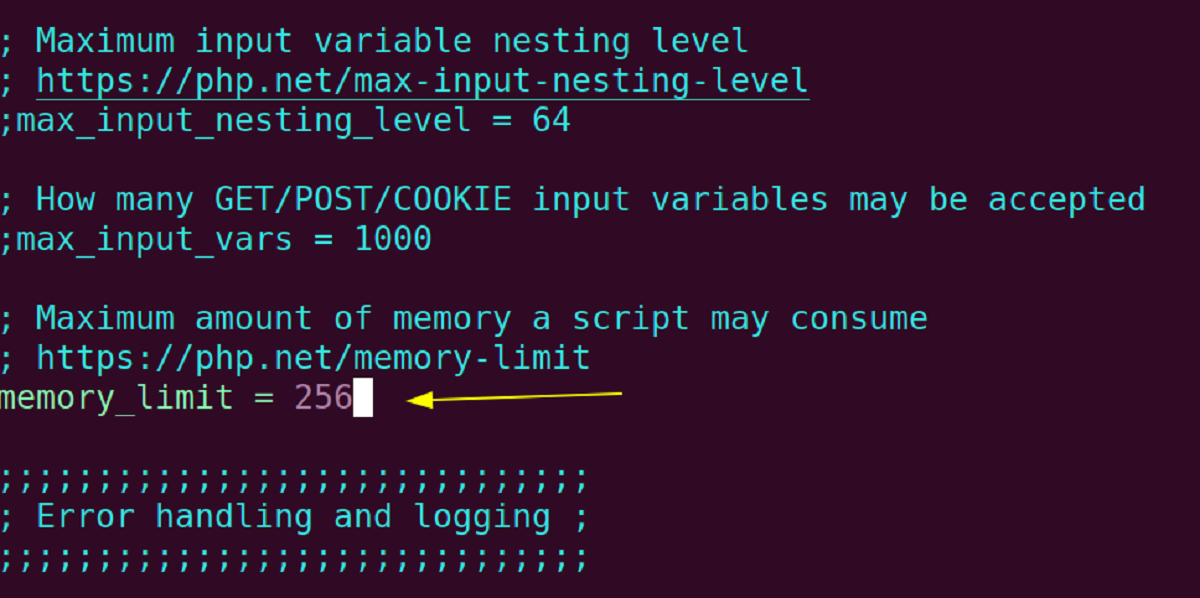What Is XML-RPC in PHP?
Introduction
The XML-RPC protocol is a powerful tool in the world of web development, enabling different systems to communicate with each other in a standardized format. In PHP, XML-RPC allows for the remote execution of methods by using XML to encode the function’s name and parameters, and to decode the response. XML-RPC is particularly relevant in the context of WordPress, a popular content management system that utilizes this protocol for various purposes.
XML-RPC has gained traction due to its simplicity and versatility. It enables seamless interaction between different software applications, regardless of the programming language used. This protocol has become especially important in the context of web services, where different platforms need to communicate with each other efficiently.
In the case of PHP, XML-RPC support is provided by the PHP Extension and Application Repository (PEAR) package. This package allows developers to create XML-RPC servers and clients easily. By leveraging this built-in functionality, PHP developers can take full advantage of XML-RPC’s capabilities without a significant learning curve.
In the WordPress ecosystem, XML-RPC plays a vital role in connecting the WordPress core with various client applications, such as desktop publishing tools, mobile applications, and external services. This allows users to manage their WordPress sites conveniently regardless of their location or the device they are using.
In the following sections, we will delve deeper into the inner workings of XML-RPC in PHP and explore how it is used in the WordPress platform. We will also highlight the benefits of XML-RPC in WordPress and discuss security concerns associated with its usage.
What Is XML-RPC in PHP?
What is XML-RPC?
XML-RPC, which stands for “Extensible Markup Language Remote Procedure Call,” is a protocol that enables communication between different systems using XML as the encoding format. It allows a client application to request a remote procedure to be executed on a server, and receive the response in XML format. XML-RPC provides a standardized way to exchange data and functionality between applications, making it easier for platforms to interact with each other.
The XML-RPC protocol follows a simple structure. The client application sends an XML-formatted request to the server, specifying the name of the method to be executed and the parameters required by the method. The server processes the request, executes the method, and sends back a response in XML format, containing the result of the method’s execution. This allows applications to seamlessly communicate and exchange information across different platforms, programming languages, and architectures.
XML-RPC has found wide adoption in various domains, including content management systems, blogging platforms, and web services. One popular application of XML-RPC is in the WordPress platform.
XML-RPC in PHP provides a set of functions and classes that allow developers to implement XML-RPC servers and clients in their applications. The PHP XML-RPC extension simplifies the process of encoding XML-RPC requests and decoding responses, making it straightforward to integrate XML-RPC functionality into PHP-based projects.
By utilizing XML-RPC in PHP, developers can take advantage of the rich ecosystem of XML-RPC APIs and services available, allowing their applications to interact with a wide range of systems.
In the next section, we will explore how XML-RPC is specifically used in the WordPress platform, highlighting its significance for WordPress users and developers.
What Is XML-RPC in PHP?
XML-RPC in PHP
XML-RPC support in PHP is provided through the PHP Extension and Application Repository (PEAR) package. The PHP XML-RPC extension offers a set of functions and classes that simplify the implementation of XML-RPC servers and clients in PHP applications.
Using the XML-RPC extension, developers can easily create XML-RPC servers that expose methods to be accessed remotely. These methods can perform various operations, such as retrieving data from a database, processing user input, or interacting with external services. Developers can leverage the power of XML-RPC to expose APIs and functionalities, making it easier for other applications to communicate with their PHP-based systems.
On the client side, PHP developers can use the XML-RPC extension to create XML-RPC clients that interact with remote servers. This allows applications to make requests to other systems, retrieve data, and execute remote procedures. The XML-RPC extension provides seamless integration and effortless handling of XML-RPC requests and responses, ensuring smooth communication between PHP applications and other platforms.
By utilizing XML-RPC in PHP, developers can take advantage of the vast number of XML-RPC APIs and services available. They can connect their PHP applications to external systems, retrieve data from remote sources, and perform operations on external platforms using a standardized communication protocol.
Furthermore, PHP’s XML-RPC capabilities can be combined with other PHP features and libraries to enhance functionality. For example, developers can utilize PHP’s database connectivity, file handling, and data manipulation capabilities along with XML-RPC to create powerful and versatile applications.
XML-RPC in PHP provides a robust and flexible solution for implementing remote procedure calls and data exchange between different systems. Its ease of use and broad compatibility make it a popular choice for PHP developers looking to integrate their applications with other platforms in a standardized and efficient manner.
In the next section, we will explore how XML-RPC is specifically used in the WordPress platform, highlighting its significance for WordPress users and developers.
What Is XML-RPC in PHP?
How XML-RPC is Used in WordPress
XML-RPC plays a crucial role in the WordPress platform, enabling seamless communication and interaction with external applications and services. By utilizing XML-RPC in WordPress, users and developers gain access to a range of functionalities that enhance the management and accessibility of WordPress sites.
WordPress, being a highly popular content management system, allows users to publish and manage their websites easily. XML-RPC is used extensively in WordPress to facilitate remote publishing and content management from external applications.
One key use case of XML-RPC in WordPress is the ability to publish posts and pages remotely. By utilizing XML-RPC, users can create, edit, and publish content on their WordPress sites through various methods such as desktop publishing tools, mobile applications, and external editors. This allows for convenient content management and enables users to update their sites from anywhere, using their preferred application or device.
Additionally, XML-RPC can be used to manage comments on WordPress sites remotely. Users can moderate and respond to comments, delete spam, and perform other comment-related actions using external applications that support XML-RPC.
Furthermore, XML-RPC in WordPress enables users to retrieve information about their sites, including post content, comments, and user data. This allows for the development of custom applications and integrations that can leverage WordPress data and extend its functionality.
XML-RPC also supports the execution of WordPress-specific methods and functionalities. Users can perform actions such as updating WordPress options and settings, managing categories and tags, and accessing various internal functions defined by plugins or themes using XML-RPC requests.
With the power of XML-RPC, WordPress becomes a flexible and extensible platform that can seamlessly integrate with a wide range of external systems. Developers can build custom solutions, create specialized workflows, and interact with WordPress sites in a standardized and efficient manner.
In the next section, we will explore the benefits of XML-RPC in WordPress, highlighting why it is a valuable feature for WordPress users and developers.
What Is XML-RPC in PHP?
Benefits of XML-RPC in WordPress
XML-RPC brings several benefits to the WordPress platform, enhancing its functionality and user experience. Here are some key advantages of XML-RPC in WordPress:
- Remote Publishing: XML-RPC enables users to create, edit, and publish posts and pages remotely, allowing for convenient content management from various external applications and devices.
- Custom Integrations: XML-RPC provides a standardized way to retrieve WordPress data, enabling developers to build custom applications and integrations that can seamlessly interact with WordPress sites.
- Accessibility and Mobility: With XML-RPC, users can update their WordPress sites on the go using mobile applications or external editors, making content management more accessible and flexible.
- Comment Management: XML-RPC allows users to moderate comments, respond to user feedback, and perform comment-related actions remotely, freeing them from the need to access the WordPress admin interface.
- Flexible Workflow: By leveraging XML-RPC, developers can build custom workflows and specialized processes that extend the capabilities of WordPress, enabling the automation of tasks and the integration of external systems.
- Third-Party Integration: XML-RPC opens up the possibilities for WordPress to seamlessly integrate with a wide range of external systems and services, making it a versatile platform for various use cases and scenarios.
- Rich API Ecosystem: XML-RPC in WordPress allows users and developers to tap into a vast ecosystem of XML-RPC APIs and services, enhancing the functionality and features available for WordPress sites.
These benefits make XML-RPC an essential component of WordPress, providing both users and developers with tools to extend the functionality of their sites, enhance accessibility, and integrate with external platforms more seamlessly.
In the next section, we will address the security concerns associated with XML-RPC in WordPress and discuss how it can be disabled if necessary.
What Is XML-RPC in PHP?
Security Concerns with XML-RPC
While XML-RPC brings many benefits to the WordPress platform, it is important to be aware of the security concerns associated with its usage. These concerns mainly revolve around the potential for XML-RPC to be exploited by malicious actors and used for unauthorized access or attacks. Here are some key security considerations when using XML-RPC in WordPress:
- Brute Force Attacks: XML-RPC can be susceptible to brute force attacks, where malicious users try to guess valid usernames and passwords through repeated login attempts. This can put your WordPress site at risk of being compromised.
- DDoS Attacks: XML-RPC can be targeted in Distributed Denial of Service (DDoS) attacks, where a large number of requests are made to overwhelm and disrupt the target server.
- XML-RPC Pingback Vulnerability: The XML-RPC pingback feature in WordPress can be vulnerable to abuse, allowing attackers to use your site for pingback spam or amplify DDoS attacks.
- Information Disclosure: XML-RPC methods and functionalities may inadvertently expose sensitive information about your WordPress site, such as user details or system configuration, if not properly secured.
To mitigate these security risks, it is essential to implement proper security measures when using XML-RPC in WordPress:
- Username/Password Enforcement: Ensure that strong usernames and passwords are used for authentication, and consider implementing account lockout mechanisms to prevent brute force attacks.
- XML-RPC Access Control: Utilize plugins or server configurations to restrict access to XML-RPC functionality and only allow trusted IP addresses or authorized users to make XML-RPC requests.
- Implement Security Plugins: Consider using security plugins that specifically address XML-RPC vulnerabilities, such as limiting access to certain XML-RPC methods or filtering requests to detect and block malicious activity.
- Regular Updates: Keep your WordPress core, themes, and plugins up to date to ensure that any security patches or fixes related to XML-RPC vulnerabilities are applied.
- Disable XML-RPC if Not Needed: If you do not require XML-RPC functionality in your WordPress site, it is recommended to disable it completely to eliminate any potential security risks associated with its usage.
By implementing these security measures, you can minimize the potential risks associated with XML-RPC in WordPress and enhance the overall security of your site.
In the next section, we will explore how XML-RPC can be disabled in WordPress if necessary.
What Is XML-RPC in PHP?
Disabling XML-RPC in WordPress
If you determine that XML-RPC functionality is not necessary for your WordPress site and you want to eliminate any associated security risks, it is possible to disable XML-RPC entirely. Here are a few methods you can use to disable XML-RPC in WordPress:
- Using Plugins: There are several security plugins available that allow you to disable XML-RPC with a simple click. Install and activate a security plugin that provides this feature, and follow the plugin’s instructions to disable XML-RPC functionality.
- Editing .htaccess File: If you have access to the .htaccess file of your WordPress site, you can add specific rules to block all XML-RPC requests. Add the following code snippet to the .htaccess file:
<Files xmlrpc.php> Order Deny,Allow Deny from all </Files>This code denies access to the xmlrpc.php file, effectively disabling XML-RPC functionality.
- Using Functions.php: If you are comfortable editing the theme’s functions.php file, you can add PHP code to disable XML-RPC. Add the following code snippet to the functions.php file of your theme:
add_filter('xmlrpc_enabled', '__return_false');This code disables XML-RPC by filtering the xmlrpc_enabled function and forcing it to return false.
- WordPress Rest API Endpoint: If you disable XML-RPC, keep in mind that some plugins or themes may rely on it for specific functionalities. In such cases, consider using the WordPress REST API as an alternative. The REST API provides a modern, secure, and more efficient way to interact with your WordPress site programmatically.
Remember to test your website thoroughly after disabling XML-RPC to ensure that it does not impact any desired functionalities. If you encounter any issues, you can re-enable XML-RPC or explore alternative solutions.
Disabling XML-RPC can help improve the security posture of your WordPress site by eliminating a potential entry point for attacks. However, it is essential to keep your site secure by staying up to date with WordPress core, themes, and plugins, as well as implementing other security best practices.
In the next section, we will conclude our discussion on XML-RPC in PHP and its significance in WordPress.
What Is XML-RPC in PHP?
Conclusion
XML-RPC is a powerful protocol that allows for standardized communication between different systems using XML as the encoding format. In the PHP ecosystem, XML-RPC provides a simple and efficient solution for implementing remote procedure calls and data exchange.
Within the WordPress platform, XML-RPC plays a vital role in enabling remote publishing, content management, and integration with external applications. It allows users to conveniently manage their WordPress sites from various devices and applications, enhancing accessibility and flexibility.
Despite its benefits, it is important to manage the security concerns associated with XML-RPC carefully. Brute force attacks, DDoS vulnerabilities, and information disclosure are issues that need to be addressed to ensure the safety of your WordPress site. Proper security measures, such as enforcing strong usernames and passwords, restricting XML-RPC access, and regularly updating your WordPress software, can help mitigate these risks.
If you determine that XML-RPC is unnecessary for your WordPress site or want to eliminate any potential security risks, you can disable XML-RPC using plugins, editing the .htaccess file, or modifying the functions.php file. However, be aware of any potential impacts on desired functionalities, and consider alternatives like the WordPress REST API.
XML-RPC in PHP and its integration with WordPress provide users and developers with valuable tools to extend the functionality, accessibility, and integration capabilities of their WordPress sites. By leveraging XML-RPC, you can enhance content management, streamline workflows, and seamlessly connect your WordPress site with other systems.
It is essential to understand XML-RPC’s benefits and security considerations to make informed decisions about its usage in your WordPress projects. By being proactive in managing security risks and implementing best practices, you can harness the power of XML-RPC to take your WordPress site to new heights of functionality and convenience.







